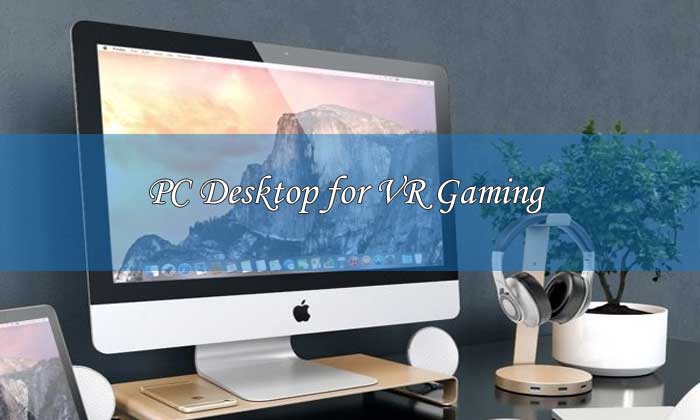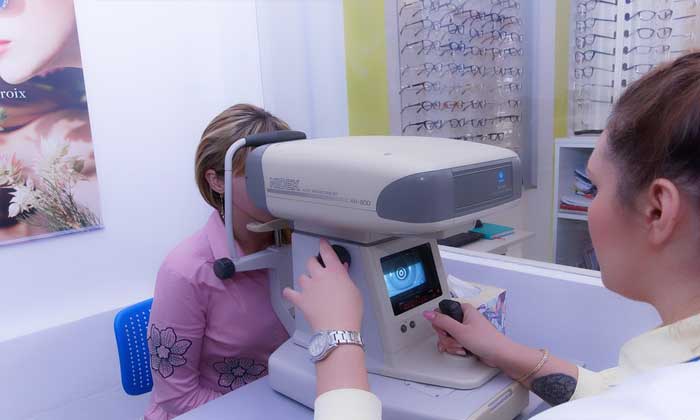
Virtual Reality (VR) has revolutionized the way we play games, offering players a deeper and more immersive experience in virtual worlds. However, to achieve an optimal VR experience, you need a powerful PC Desktop that meets the hardware requirements for VR. In this article, we will discuss the steps to build a custom PC Desktop specifically for VR gaming.
Hardware Requirements for VR
Before delving into building a PC Desktop, it’s essential to understand the hardware requirements for VR. Some key components to consider are:
1. Graphics Card (GPU)
The GPU is a crucial component for a VR experience. You’ll need a powerful graphics card capable of handling advanced VR graphics. GPUs with VR support, such as NVIDIA GeForce RTX or AMD Radeon RX, are highly recommended.
2. CPU
The CPU is also vital. A high-quality CPU will help run VR applications smoothly. Processors like the Intel Core i7 or AMD Ryzen 7 are good choices.
3. RAM
You’ll need sufficient RAM to run VR games and related applications. At a minimum, 16GB of RAM is recommended.
4. Storage Space
Ensure you have enough storage space to store VR games and additional content. An SSD (Solid State Drive) will help load games faster.
5. Ports and Connectivity
Make sure your PC has the required ports and connectivity for your VR headset, such as HDMI, USB, and DisplayPort.
This is an interesting discussion about computers: rekomendasi PC Desktop terbaik di Indonesia
Choosing PC Desktop Components
After understanding the hardware requirements, it’s time to select the components for your PC Desktop. Here are some steps to follow:
1. Select Compatible Components
Ensure that all the components you choose are compatible with each other and with your VR headset. Check the hardware requirements for your VR headset.We recommend buying your favorite toothbrush at super low prices with free shipping, and you can also pick up your order at the store on the same day.
2. Graphics Card
Invest in a high-quality graphics card. You want to ensure that your GPU can deliver smooth VR graphics.
3. Processor
Choose a powerful CPU with multiple cores. This will help run VR applications smoothly.
4. RAM and Storage
Consider having more RAM than required and ensure you have an SSD for improved read/write speeds.
5. PSU (Power Supply Unit)
Make sure your PSU has sufficient power to support all components, including a powerful graphics card.
Assembling the PC Desktop
Once you’ve gathered all the necessary components, it’s time to assemble your PC Desktop. Make sure you follow assembly instructions carefully, or even better, seek expert assistance if you’re unsure.
Operating System and Driver Installation
After assembling your PC, install an operating system like Windows 10 or 11, and be sure to install the latest drivers for all your components, including the graphics card and VR headset.
Testing VR
Once everything is set up, test your PC Desktop with your VR headset. Ensure everything runs smoothly, and you can immerse yourself in the VR experience.
Conclusion
Building a custom PC Desktop for VR gaming is a worthwhile investment for a more immersive gaming experience. Make sure you understand the hardware requirements, choose components wisely, assemble the PC carefully, and thoroughly test everything. With the right PC Desktop, you’ll be ready to explore the VR world with enthusiasm. Happy gaming!






